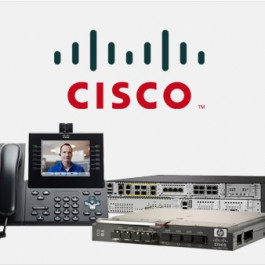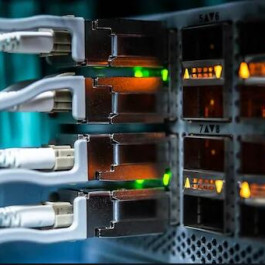We can find Optical Fiber Transceiver ports in telecommunication equipment, such as routers, switches, etc. There are many types of Optical Fiber Transceiver. In this post, let’s discuss the difference between 100M Optical Fiber Transceiver and Gigabit Optical Fiber Transceiver.
The 100M optical fiber transceiver (also known as the 100M photoelectric converter) is a fast Ethernet converter. The optical fiber transceiver is fully compatible with IEEE802.3, IEEE802.3u and IEEE802.1d standards. Supports three working modes: full duplex, half duplex, and adaptive.
The Gigabit optical fiber transceiver (also known as photoelectric converter) is a fast Ethernet with a data transmission rate of 1Gbps. It still uses CSMA/CD access control mechanism and is compatible with existing Ethernet. With the support of the wiring system, which can smoothly upgrade the original Fast Ethernet and fully protect the original investment of users.
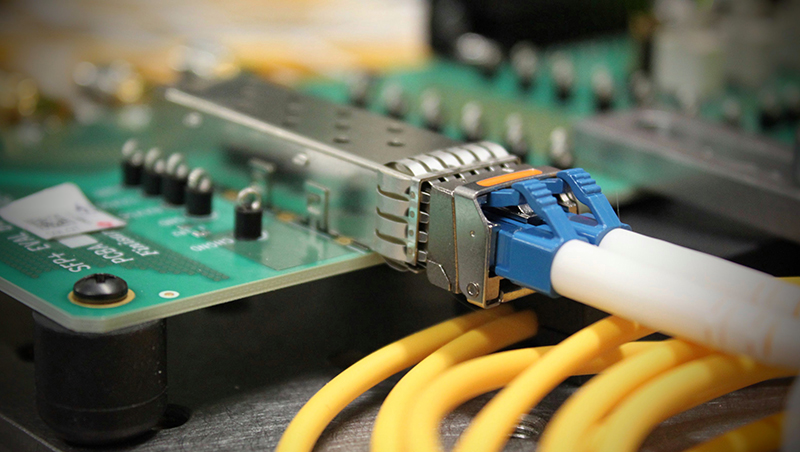
Gigabit network technology has become the preferred technology for new networks and reconstruction. Although the performance requirements of the integrated wiring system are also improved, it provides convenience for users’ use and future upgrades.
The standard of Gigabit Ethernet is made by IEEE 802.3, and there are two wiring standards of 802.3z and 802.3ab. Among them, 802.3ab is a wiring standard based on twisted pair, using 4 pairs of Category 5 UTP, and the maximum transmission distance is 100m. And 802.3z is a standard based on Fiber Channel, and there are three types of media used:
a) 1000Base-LX specification: This specification refers to the parameters of multimode and single-mode fiber used in long distances. Among them, the transmission distance of multi-mode fiber is 300 (550 meters, and the transmission distance of single-mode fiber is 3000 meters. The specification requires the use of relatively expensive long-wave laser transceivers.
b) 1000Base-SX specification: This specification is the parameters of multimode fiber used in short distances. It uses multimode fiber and low-cost shortwave CD (compact disc) or VCSEL lasers, and its transmission distance is 300 (550 meters).
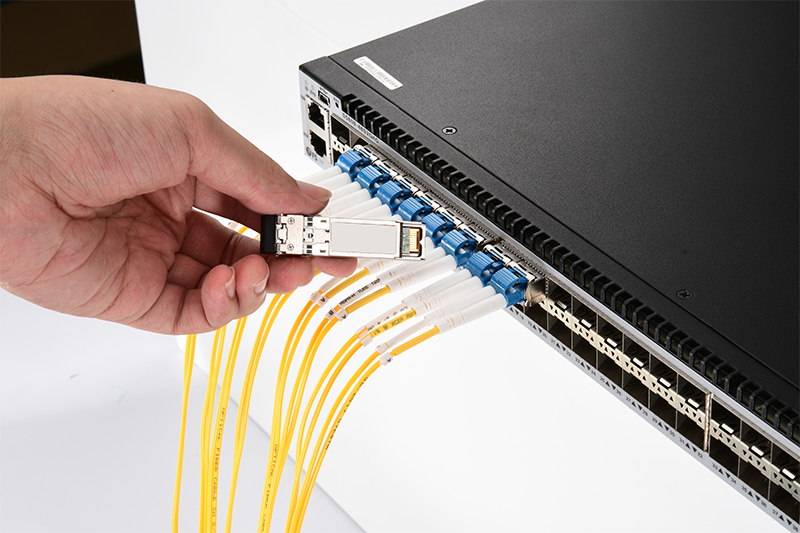
c) 1000BASE-CX specification: Use short-distance shielded twisted pair STP with a transmission distance of 25m, which is mainly used to connect high-performance servers and high-speed peripherals with short jumper cables in the wiring closet.
Remarks: Gigabit optical converter is a kind of optical signal converter used to convert the electrical signal of computer Gigabit Ethernet into optical signal. It conforms to IEEE802.3z/AB standard; its characteristic is electrical port the signal conforms to 1000Base-T, which can be self-adapted through straight line/crossover line; it can also be in full duplex/half duplex mode.
At present, more than 100M is used, while Gigabit is rarely used. However, the prices of 100M and Gigabit are gradually approaching. If you look at the long-term perspective, it is recommended to use Gigabit fiber transceiver.
If the current network does not have special requirements, even if it is to transmit high-definition video or a large amount of data transmission, a 100M network is a good choice.
100M optical transceivers are cheaper than gigabit optical transceivers, and 100M optical transceivers will also be used in terms of cost. However, if the local area network is a gigabit network, the use of gigabit transceivers is much better than a 100M transceiver.
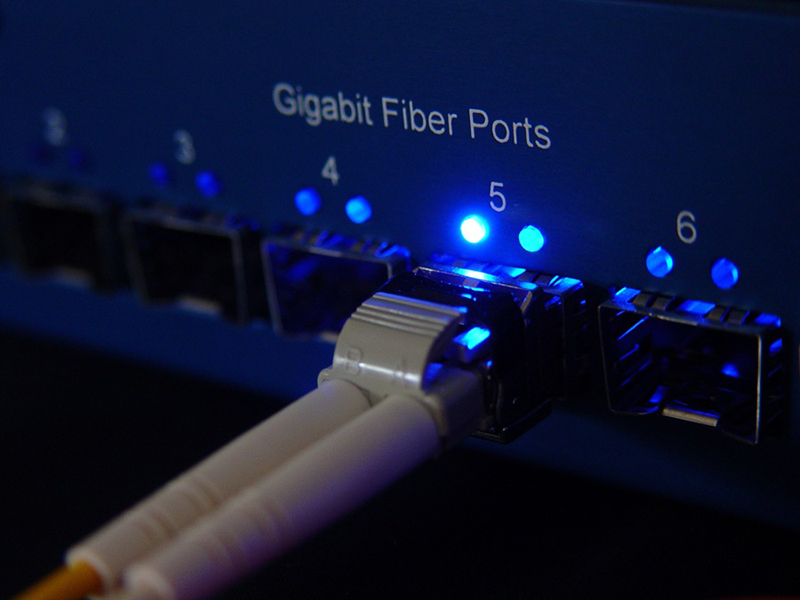
Summary: 100M and Gigabit fiber optic transceivers have the same function, they are used to receive light signals, but their bandwidth is different, and Gigabit speed is faster.
Related topics:
The Types Comparison of SFP and QSFP
(Update 2020) What Are SFP Ports Used For?
What are the Cisco 100G CPAK, QSFP-100G, CFP2, CXP and CFP Modules?


